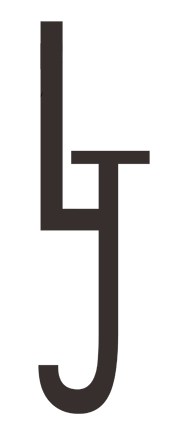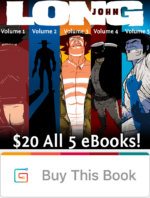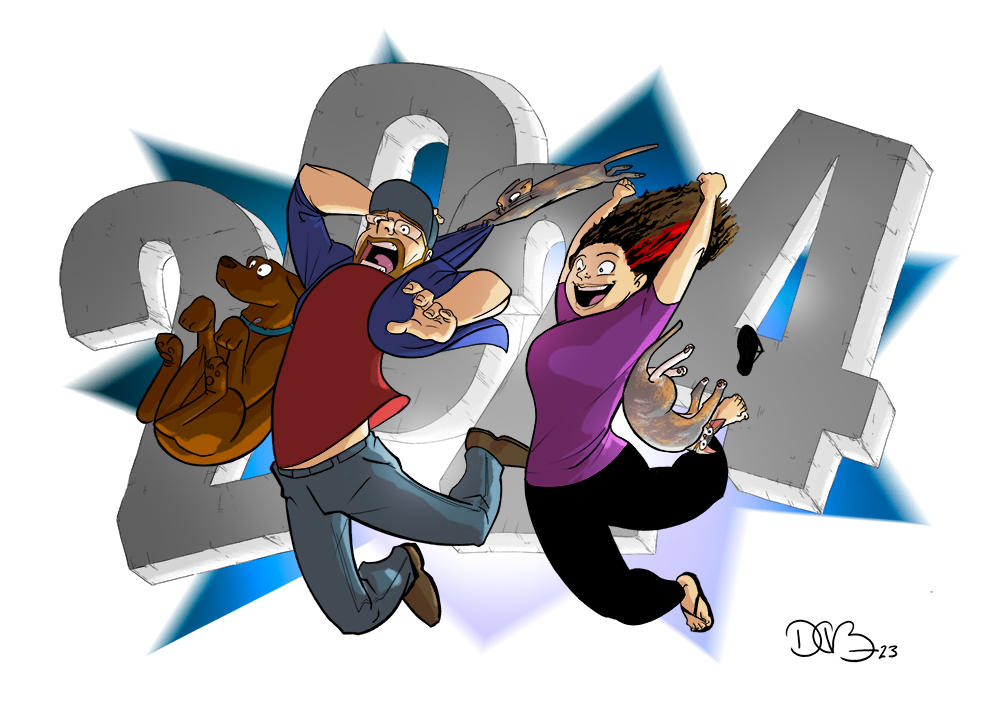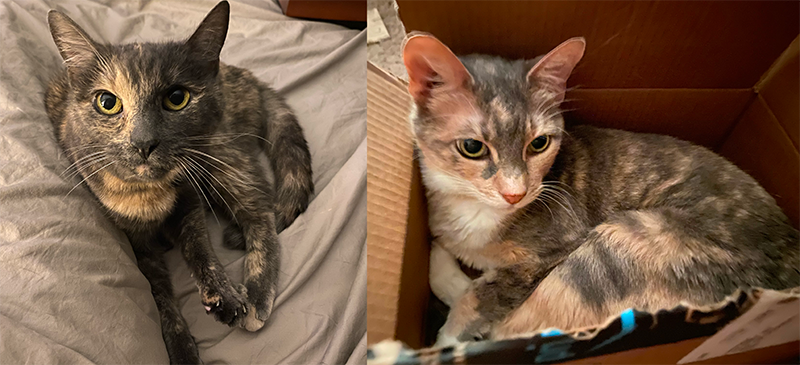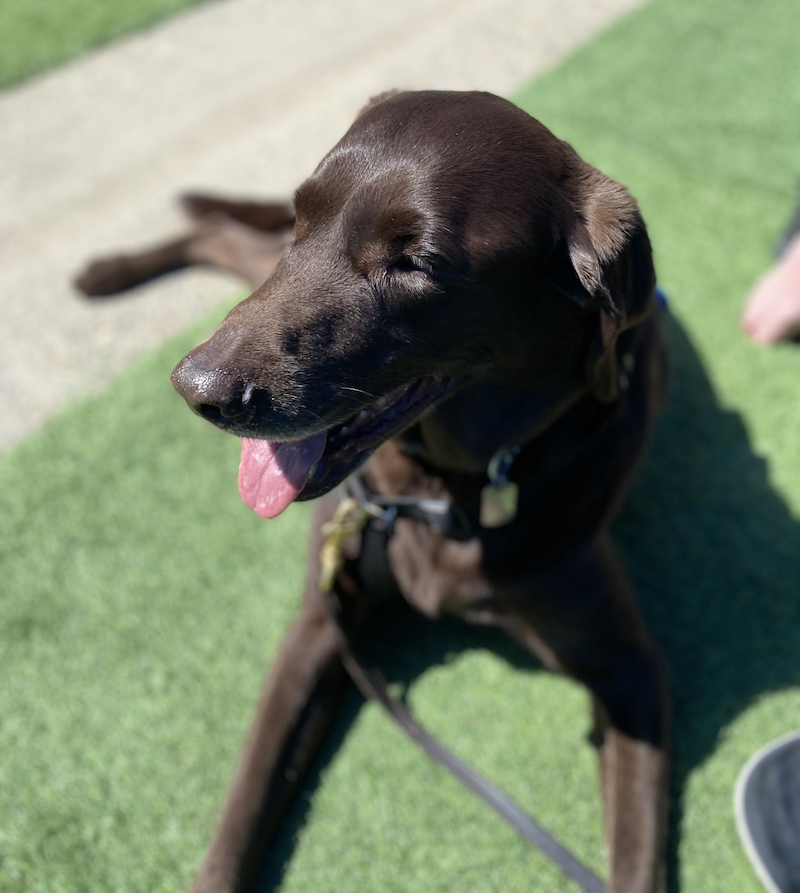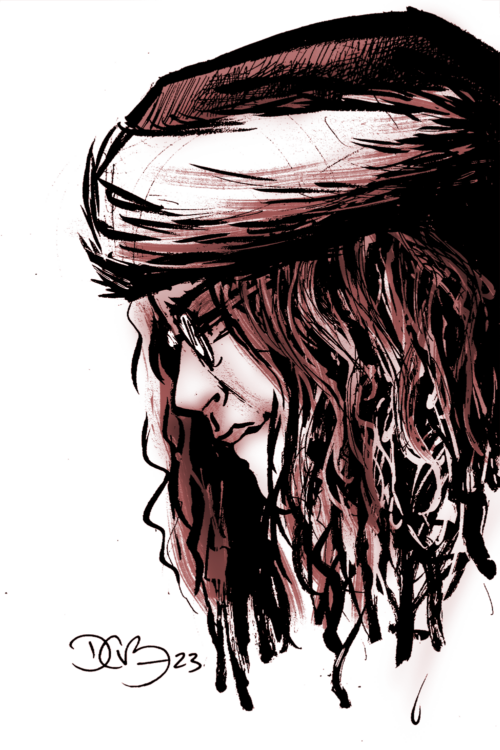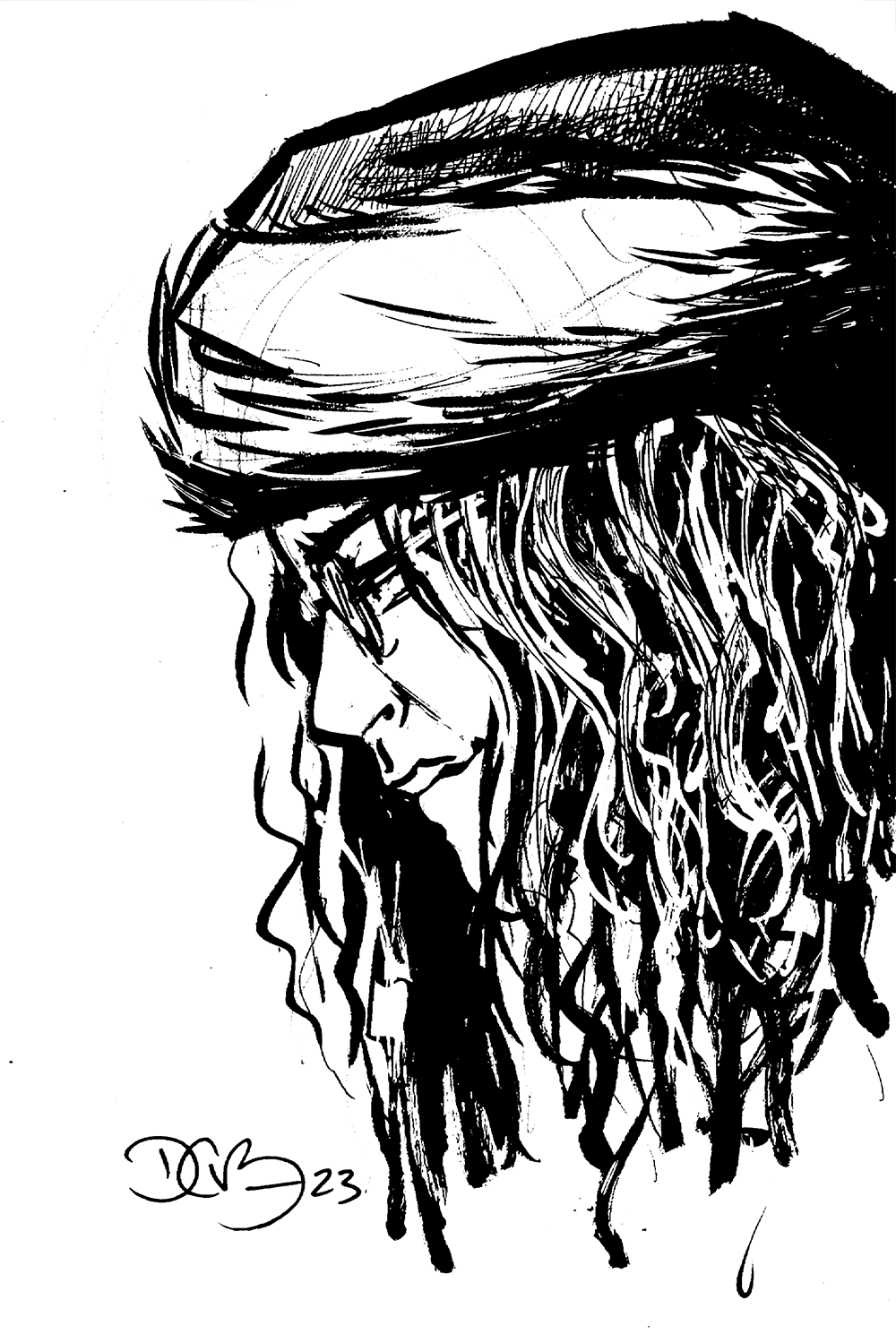I just wanted to let you know that, after getting some feedback from my wonderful readers, there is now a discounted 5-eBook bundle on Gumroad! You save $5 in the process and get high resolution pdfs of ALL 5 Long John eBooks for immediate download.
Just to remind you that the Long John eBooks are basically just digital versions of the physical books and have all of the content that is found in the physical books. So, if you’ve been wanting to download digital versions of the all the books so far for your tablet, phone, or desktop/laptop computers, this is the best way to get all of them now!
If you can, leave a review/rating on Gumroad! That would help spread the word about the books in Gumroad’s algorithm that promotes a book on its storefront. In related news, if you’re a GoodReads user, some kind soul has put the first four books on that website and I would heartily encourage you to leave reviews there, too! Every bit helps (and thank you!)!
